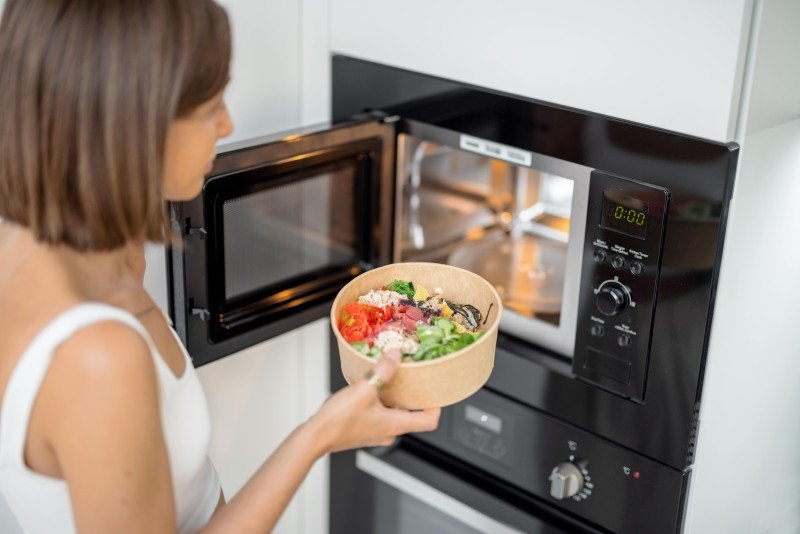The Ultimate Cheat Sheet On Oven And Hob
The Complete Guide to Ovens and Hobs: Choosing the Right Appliances for Your Kitchen
When it comes to developing cooking masterpieces, the significance of quality kitchen home appliances can not be overstated. Ovens and hobs are the heart of any kitchen, allowing home cooks and professional chefs alike to produce, bake, and sauté tasty meals. Comprehending the various types of ovens and hobs, together with their features and functionalities, is important for making informed getting choices. This short article provides a thorough take a look at ovens and hobs, helping you browse the choices readily available so that you can improve your kitchen's performance and flexibility.
Comprehending Ovens
Ovens are important for cooking and baking and can be found in numerous types to meet varied culinary needs. Here is a summary of the most common types of ovens:
1. Traditional Ovens
Traditional ovens work by heating the air inside with gas or electric elements. They are best for baking cakes, roasting meats, and cooking casseroles.
2. Convection Ovens
These ovens use a fan to distribute hot air, supplying an even temperature level throughout, which can substantially minimize cooking times. They are ideal for baking cookies or roasting vegetables.
3. Microwave Ovens
Microwaves cook food rapidly utilizing electromagnetic radiation. They are best for reheating leftovers or thawing frozen foods however are not ideal for browning or crisping.
4. Wall Ovens
Integrating a wall oven into your kitchen style can save area and develop a streamlined aesthetic. They operate similar to traditional or stoves however are built into the wall for simple access.
5. Variety Ovens
These ovens combine stovetop burners with an oven, supplying adaptability for those who prefer a single home appliance for all cooking needs.
Type
Cooking Method
Best For
Conventional
Electric/Gas
Baking, roasting
Convection
Air blood circulation
Quick cooking, even baking
Microwave
Electro-magnetic
Reheating, thawing
Wall Ovens
Electric/Gas
Space-saving, streamlined style
Variety Ovens
Electric/Gas
Flexible cooking
Exploring Hobs
Hobs, likewise called cooktops or stovetops, offer the surface to prepare pans directly over a heat source. Like ovens, hobs come in numerous types, which can be categorized as follows:
1. Gas Hobs
These hobs use a flame for cooking and provide immediate heat control. Sales Ovens are preferred by lots of chefs for their responsiveness and accuracy.
2. Electric Hobs
Electric hobs utilize coils or flat surfaces to heat pans. They use a consistent heat source, however they might take longer to cool down compared to gas hobs.
3. Induction Hobs
Induction hobs utilize electro-magnetic energy to heat pots and pans straight, making them extremely effective and much faster to prepare. They are likewise easier to clean as the surface area remains fairly cool.
4. Solid Plate Hobs
These are older innovation that utilizes strong metal plates to offer heat. They are durable however are less efficient than contemporary choices.
Type
Heat Source
Advantages
Drawbacks
Gas Hobs
Flame
Instantaneous heat control
Requires gas connection
Electric Hobs
Electric coils
Consistent heat
Slower to cool down
Induction Hobs
Electromagnetic
Fast cooking, energy-efficient
Needs compatible pots and pans
Solid Plate Hobs
Strong metal plate
Sturdiness
Less effective
Selecting the Right Appliances
Picking the perfect oven and hob for your kitchen involves thinking about numerous elements:
1. Space and Layout
Step your kitchen location to figure out the size and positioning of the oven and hob. Make sure there is adequate ventilation, particularly for gas home appliances.
2. Cooking Style
Think about how typically you cook and the type of meals you prepare. A stove might match devoted bakers, while somebody who regularly stir-fries may prefer an induction hob.
3. Energy Source
Pick the energy source that best fits your lifestyle. Gas provides instant control, while electric and induction hobs provide ease of use and are frequently more energy-efficient.
4. Budget
Recognize your budget for kitchen devices. Ovens and hobs vary significantly in price, depending on functions and brands. Focus on vital functions that meet your requirements.
5. Features
Search for performances such as self-cleaning options, smart innovation compatibility, particular rack setups for ovens, and safety features for hobs.
Regularly Asked Questions (FAQs)
Q1: What is the difference between a standard oven and a convection oven?A1: Conventional ovens heat up the air inside without fans, while convection ovens use a fan to distribute hot air for more even cooking. Q2: Can I use aluminum pots and pans on induction hobs?A2: No, induction hobs require ferrous (magnetic )materials like cast iron or stainless-steel to work successfully. Q3: Do gas hobs heat quicker than electric hobs?A3: Yes, gas hobs provide instant heat, making them faster for cooking compared to electric hobs. Q4: Is it safe to utilize a microwave oven?A4: Yes, when used according to the producer's instructions, microwave ovens are considered safe for food preparation.
Q5: How frequently ought to I clean my oven and hob?A5: For ideal efficiency, clean your oven regularly, specifically after spills. Hobs must be wiped down after each usage
to prevent buildup. Ovens and hobs
are important components of a fully equipped kitchen. Comprehending the different types, their functionalities, and the factors to consider involved in purchasing
them can significantly enhance cooking experiences. Whether one is a casual home cook or a professional chef, investing time in selecting the ideal appliances can result in culinary success and satisfaction in the kitchen. By prioritizing features that line up with your cooking style, energy sources that fit your home, and budget considerations, you can produce an efficient workspace that motivates cooking imagination. 